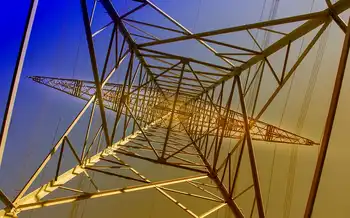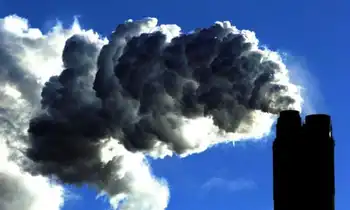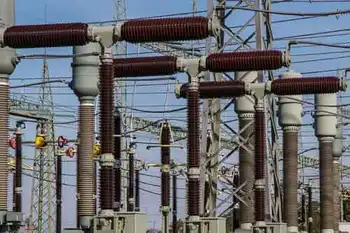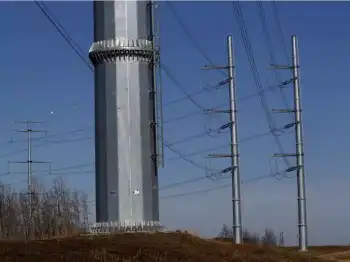Alberta breaks summer electricity record, still far short of capacity
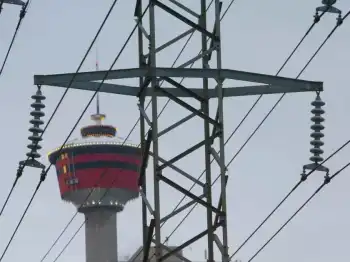
Substation Relay Protection Training
Our customized live online or in‑person group training can be delivered to your staff at your location.
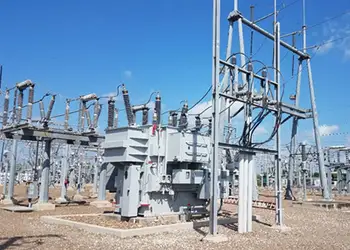
- Live Online
- 12 hours Instructor-led
- Group Training Available
Alberta Electricity Peak Demand surged to 10,638 MW, as AESO reported record summer load from air conditioning, Stampede visitors, and heatwave conditions, with ample generation capacity, stable grid reliability, and conservation urged during 5-7 p.m.
Key Points
It is the record summer power load in Alberta, reaching 10,638 MW, with evening conservation urged by AESO.
✅ Record 10,638 MW at 4 pm; likely to rise this week
✅ Drivers: A/C use, heat, Stampede visitors
✅ AESO reports ample capacity; conserve 5-7 pm
Consumer use hit 10,638 MW, blowing past a previous high of 10,520 MW set on July 9, 2015, said the Alberta Electric System Operator (AESO).
“We hit a new summer peak and it’s likely we’ll hit higher peaks as the week progresses,” said AESO spokeswoman Tara De Weerd.
“We continue to have ample supply, and as Alberta's electricity future trends toward more wind, our generators are very confident there aren’t any issues.”
That new peak was set at 4 p.m. but De Weerd said it was likely to be exceeded later in the day.
Heightened air conditioner use is normally a major driver of such peak electricity consumption, said De Weerd.
She also said Calgary’s big annual bash is also likely playing a role.
“It’s the beginning of Stampede, you have an influx of visitors so you’ll have more people using electricity,” she said.
Alberta’s generation capacity is 16,420 MW, said the AESO, with wind power increasingly outpacing coal in the province today.
There are no plans, she said, for any of the province’s electricity generators to shut down any of their plants for maintenance or other purposes in the near future as demand rises.
The summer peak is considerably smaller than that reached in the depths of Alberta’s winter.
Alberta’s winter peak usage was recorded last year and was 11,458 MW.
Though the province’s capacity isn’t being strained by the summer heat, De Weerd still encouraged consumers to go easy during the peak use time of the day, between 5 and 7 p.m.
“We don’t have to be running all of our appliances at once,” she said.
Alberta exports an insignificant amount of electricity to Montana, B.C. and Saskatchewan, where demand recently set a new record.
The weather forecast calls for temperatures to soar above 30C through the weekend.
In northern Canada, Yukon electricity demand recently hit a record high, underscoring how extreme temperatures can strain systems.






